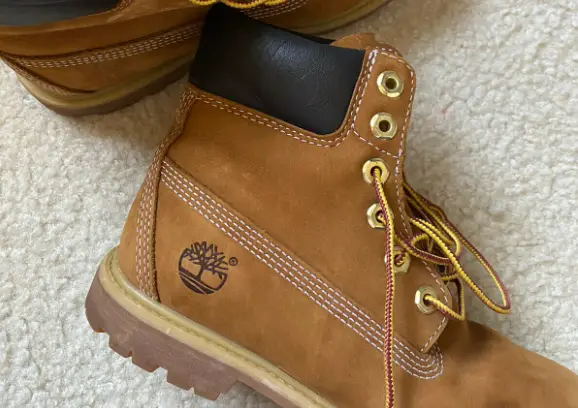While viruses aren’t typically encountered in North America, many areas of the world have contaminated water (hepatitis A, norovirus, rotavirus, etc.). Historically, water filters haven’t been able to handle viruses. That’s changed over the past couple of years, but what filter do we need to remove viruses? Will a 1 Micron Filter Remove Viruses?
A 1 Micron filter can not remove viruses from the air or water. Viruses range from .004 to .1 microns in size with the typical waterborne virus being .1 microns. You should only use a 1 micron filter to remove dirt/sediment from water since they can’t remove virus or bacteria.
You will need to spend a lot more money to filter viruses out of water. The EPA requires at least a .1 micron filter to remove viruses in 99.999% of applications. The Sawyer Select S3 filter is one of the only affordable water filters that’s rated to remove viruses. Even though an N95 mask is .3 microns it can still filter out the majority of viruses from the air.
Why Can’t I Use a 1 Micron Filter To Remove Viruses?

A 1 micron filter isn’t small enough to remove viruses from water. The average virus is about .1 microns so it’s way smaller than a 1 micron filter. That’s 100 times smaller than the typical bacteria cell.
So what kind of filter is needed to remove the majority of viruses? The Hepatitis B virus is one of the smallest known viruses at .042 microns in length, but that’s rare. The EPA requires at least a .1 micron filter to remove most viruses, but there are filters rated at around .001 microns. Some viruses will still get through bad pores, and mechanical weakness, but it would be highly effective.
The Sawyer S3 Filter is the only portable backcountry water filter that’s currently capable of filtering out most viruses. With the .1 micron filter it can handle 99.99% of viruses. A .1 micron filter isn’t a permanent solution for third world countries since it can only filter 400 20oz bottles of water, but that’s good enough for camping/backpacking.
There is no way to filter out all viruses. They’re just way too small! It’s currently impossible to produce a porous material with small enough holes to handle every virus known to man. With such ridiculously small holes the filter would clog up instantly.
What Is A 1 Micron Filter Good For?

A 1 micron filter can’t remove bacteria, virus, protozoa, metal contaminants, and plastics. That’s a lot of stuff that will get through your filter! So what is a 1 micron filter good for? It can only handle sediment, sand, debris and other non-microscopic particles. So it makes your water taste better, but it won’t be safe to drink.
When would I use a 1 micron filter? You would typically use a 1 micron filter as the first stage on a 2 or 3 filter setup. It filters out the large particles so it doesn’t clog up the less porous 2nd or 3rd filter. The filters would clog up within 100 gallons if you don’t have pre-filters.
What Micron Level Is Needed To Filter Viruses?
As I mentioned above, the EPA requires at least a .1 micron filter to remove 99.99% of all viruses. Virus removing filters can be expensive so only buy one if you truly need it. They really aren’t necessary throughout most of the United States and Canada. We pretreat our water to kill viruses and they’re rare in the backcountry.



